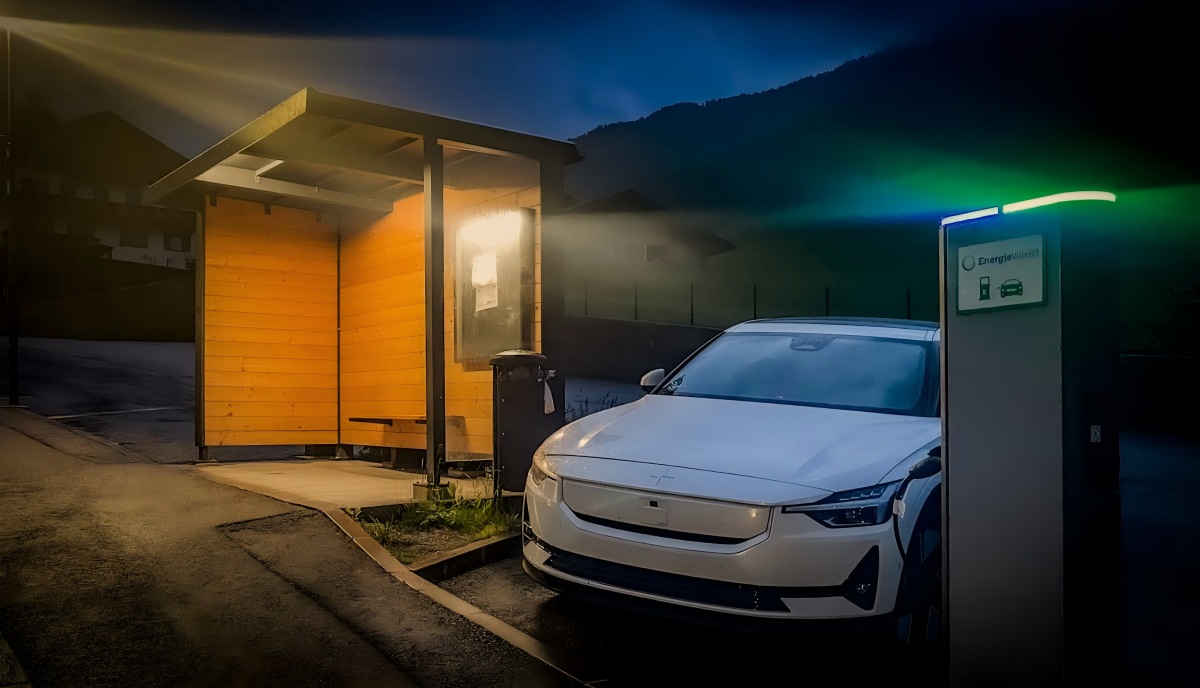 CCS1 to NACS and beyond: what EV connector specs should operators choose in 2025?
CCS1 to NACS and beyond: what EV connector specs should operators choose in 2025?
Aug 20, 2025
Operators don’t buy EV connectors — they buy uptime. The right options cut truck rolls, keep gloves working in the rain, and survive pressure-wash days without tripping bays. This guide shows which specs to pick, and where light customization pays off.
What can actually be customized
1. Most projects tune three layers.• Station-side interface and inlet: geometry, sealing stack, latch and lock concept, temperature sensing, HVIL routing
• Handle and cable assembly: conductor size, jacket compound, strain-relief stiffness, grip texture, color, branding
• Accessories and diagnostics: matched holsters and caps, vents and gaskets, coding keys, end-of-line checks, simple telemetry hooks for temperature or latch events
2. Electrical and thermal options• Current class and conductors: Size the cross-section to your dwell profile and climate. A larger conductor lowers temperature rise and reduces derate on hot days, at the cost of extra weight.
• Temperature sensing: Per-contact sensors at DC pins allow graceful derate instead of nuisance trips. Confirm that thresholds are adjustable in firmware and visible in your O&M tools.
• HVIL interlock: A reliable loop that opens on partial insertion or abuse disconnects protects contacts and coordinates a safe shutdown.
3. Mechanical and ergonomics• Grip and housing: Sites serving fleet drivers with gloves need deeper finger clearance, non-slip textures, and latches sized for gloved actuation.
• Cable exit and strain relief: Match exit direction to pedestal layout and traffic flow. Tune strain-relief stiffness so the jacket resists cracking and the conductors don’t fatigue after drops and twists.
• Locking and anti-tamper: Choose vehicle-side or station-side electronic locking, reinforced latch noses, and tamper-resistant fasteners. Validate latch force with real users and weathered parts.
4. Environment and sealing• Mated versus unmated protection: Expect a higher rating when plugged in and a lower one when unplugged. If handles sit outdoors, use matched holsters and caps so debris and water stay out.
• Spray versus immersion: Jet and spray tests simulate road spray and wash-down; immersion represents flooding. Passing one does not guarantee the other. Specify both according to site risks.
• K-rated spray protection: Treat K protection as an add-on to your mated and unmated IP targets for wash bays, bus depots, and coastal corridors.
5. Standards and multi-region planningPublic networks rarely serve a single standard. A practical approach is to standardize pedestals and vary connector sets by market. Plan for Type 1 or Type 2 on AC, CCS1 or CCS2 on DC, GB/T in mainland China, and a clear migration path for NACS in North America without stranding existing bays.
Regional differences that change connector choices
Table — Region-by-region priorities for operators and service teams
Region
Common standards
Climate & exposure
Operator priorities
Spec focus
How we can help
North America
CCS1 today with NACS ramping; Type 1 AC still present
Heat/cold swings, road-salt spray, pressure washing
Uptime during the CCS1→NACS transition, glove-friendly handling, vandal resistance
Larger latches and deeper grips, mated/unmated protection plus K-rated spray protection, per-contact temperature sensing with adjustable thresholds, field-replaceable latch and gasket kits
NACS configurations by project; matched holsters and caps; service kits to keep MTTR in minutes
Europe
CCS2 and Type 2 with three-phase AC
Frequent rain, coastal corrosion, multi-language labeling
High cycle life for public AC leads, easy holstering, quick swap of wear parts
Textured grips for wet use, angled cable exits for pedestals, anti-corrosion materials, standardized service kits
CCS2 and Type 2 handles; naturally cooled high-current CCS2 option to reduce service complexity
Middle East & Africa
CCS2 growing; mixed AC
High heat, strong UV, dust/sand ingress, periodic wash-down
Derate control in high ambient, dust sealing, UV-stable jackets
Larger conductors for hot days, combined IP plus K-rated spray protection, stiffer strain relief, dark UV-stable jackets
CCS2 handles with sun- and heat-tuned jacket compounds; matched holsters and caps
Asia–Pacific
China uses GB/T; ANZ/SEA lean to CCS2 & Type 2; legacy CHAdeMO still seen in places
Monsoon rain, humidity, coastal salt, depot wash-down
Multi-standard fleets, corrosion control, depot serviceability
Clear targets for spray versus immersion, K-rated spray protection for wash-down, anti-corrosion fasteners, unified spare kits across variants
Type 2 and CCS2 portfolio with project-based variants aligned to local standards
Reliability and maintainability• Cycle life and corrosion: Favor high mating-cycle ratings and materials proven against detergents and salt fog.
• Field-replaceable parts: Prioritize latch kits, front seals, boots, and caps that can be swapped in minutes. Provide torque values and tool lists in the service SOP.
• Telemetry for prevention: Stream sensor data and latch event counters to your O&M to catch failing parts before they trip the site.
Note for depots that avoid liquid cooling: a naturally cooled high-current CCS2 option can simplify routine service while maintaining robust performance. Workersbee can supply this configuration by project, alongside matched holsters, caps, and field kits.
Operator-focused customization options and impact
Option
Choice you make
Metric improved
Practical note
Conductor size
Step up from baseline gauge
Uptime and session completion
Lower temperature rise and less derate; added weight to manage
Temperature sensing
Per-contact sensors with adjustable limits
Safety and predictive maintenance
Needs firmware hooks and O&M visibility
Grip and latch geometry
Larger latch, glove-friendly grip texture
User experience; fewer mis-operations
Validate in wet, cold conditions with real users
Strain relief and exit
Stiffer boot and angled exit
Cable life; faster service
Reduces jacket cracking and conductor fatigue
Sealing set
Mated/unmated IP plus K-rated spray protection
Uptime under spray and wash-down
Pair with matched holsters and caps for outdoor storage
Anti-tamper features
Reinforced nose; secure fasteners
Vandal resistance; lower TCO
Useful for unattended highway sites
Field-replaceable kits
Latch, gasket, and cap kits
MTTR measured in minutes
Pre-bag by connector family with a torque card
RFQ checklist for CPOs and service providers• Target standards and regions, including any NACS migration plan in North America
• Current profile and ambient range typical of your sites
• Cable parameters — overall length, jacket compound, allowable minimum bend radius
• Temperature sensing locations, threshold settings, and O&M data access
• Sealing targets covering mated and unmated states, spray and immersion, and any K-level needs
• Handle ergonomics for glove use, latch force range, and texture preference
• Field-service expectations — swappable parts, required tools, torque targets, minutes budgeted per swap
• Validation matrix — cycles, salt fog, thermal cycling, vibration, and wash-down exposure
• Compliance and documentation — serialization where helpful, durable labels and language packs
• Spares program — kit content per site count, lead times, and change-notice windows
FAQ
1. How should we plan the transition from CCS1 to NACS (SAE J3400) on existing sites?Treat it as a phased program: audit each site (bays, cord sets, firmware/OCPP), confirm back-end support, and schedule connector swaps bay-by-bay to avoid full-site downtime. Keep signage and driver communications clear during the overlap period. Where helpful, run mixed bays temporarily and standardize spare kits for both standards.
2. Which parts are typically field-replaceable on connectors and cords?Most teams swap the latch assembly, front seals or gaskets, strain-relief boot, and holster or cap instead of the entire cord set. Include torque values and tool lists in the SOP so a technician can finish in minutes. Workersbee can package latch, seal, and boot kits with step-by-step guides for its handle families.
3. What ingress protection do we actually need — and when do K-rated spray levels make senseSpecify both mated and unmated protection; the rating is higher when plugged in and lower when unplugged. Add K-rated spray protection if you pressure-wash, see heavy road spray, or operate in wash bays. Pair outdoor storage with matched holsters and caps so debris and water stay out.
4. What should we stock as spare kits per 10–50 pedestals?Keep latch kits, front seals or gaskets, holster and cap sets, strain-relief boots, and durable label packs. Add a few complete cord sets for worst-case swaps. Pre-bag kits by connector family and include the torque card to keep MTTR measured in minutes. Workersbee can package service kits per fleet size.
5. How do we reduce cable damage and user strain at busy sites?Use cable management (retractors or assisted systems) to keep cords off the ground, cut drop impacts, and improve reach for different user heights. Choose conductor size and jacket compound for your climate, then tune strain-relief stiffness so repeated twists and drops don’t crack the jacket. Clear holstering after each session helps prevent water ingress and vandal damage.
Connector choices are small parts of a large system, but they strongly influence uptime and the experience drivers remember. A short discovery call to align your climate risks, standards mix, and service model is usually enough to lock down the right option set. Workersbee can support light customization on handles, branding, holsters, caps, and service kits while keeping the electrical platform stable.
Read More

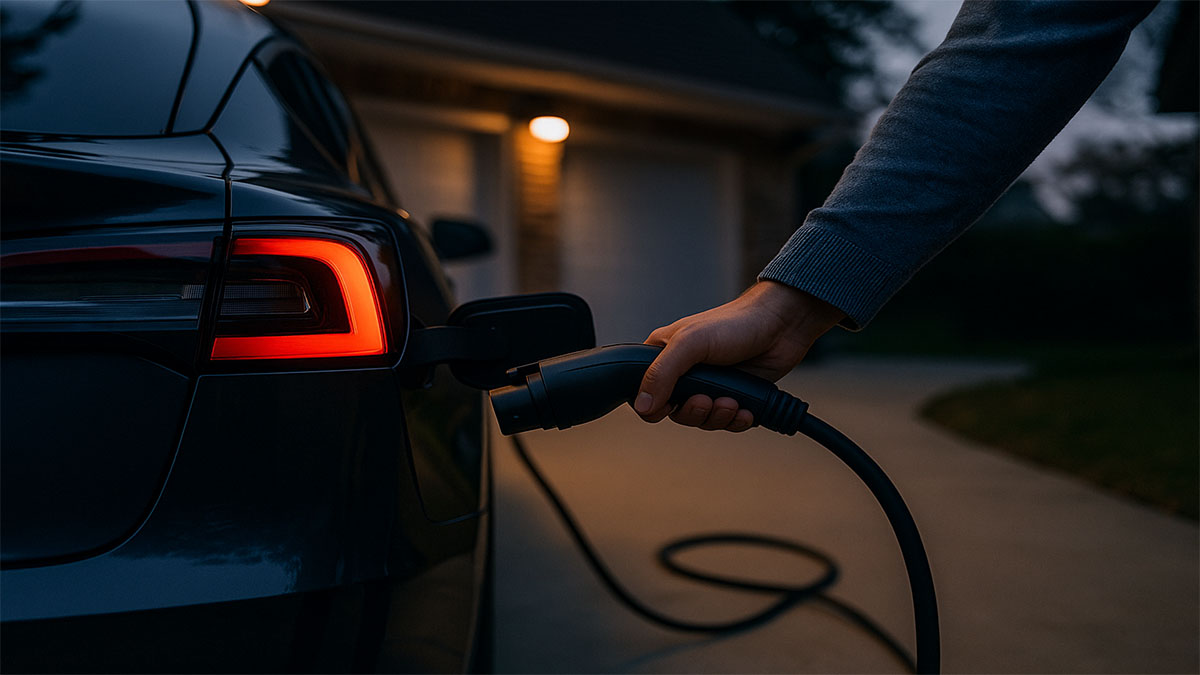 SAE J1772 Type1 VS IEC 62196 Type2? How to Choose
SAE J1772 Type1 VS IEC 62196 Type2? How to Choose
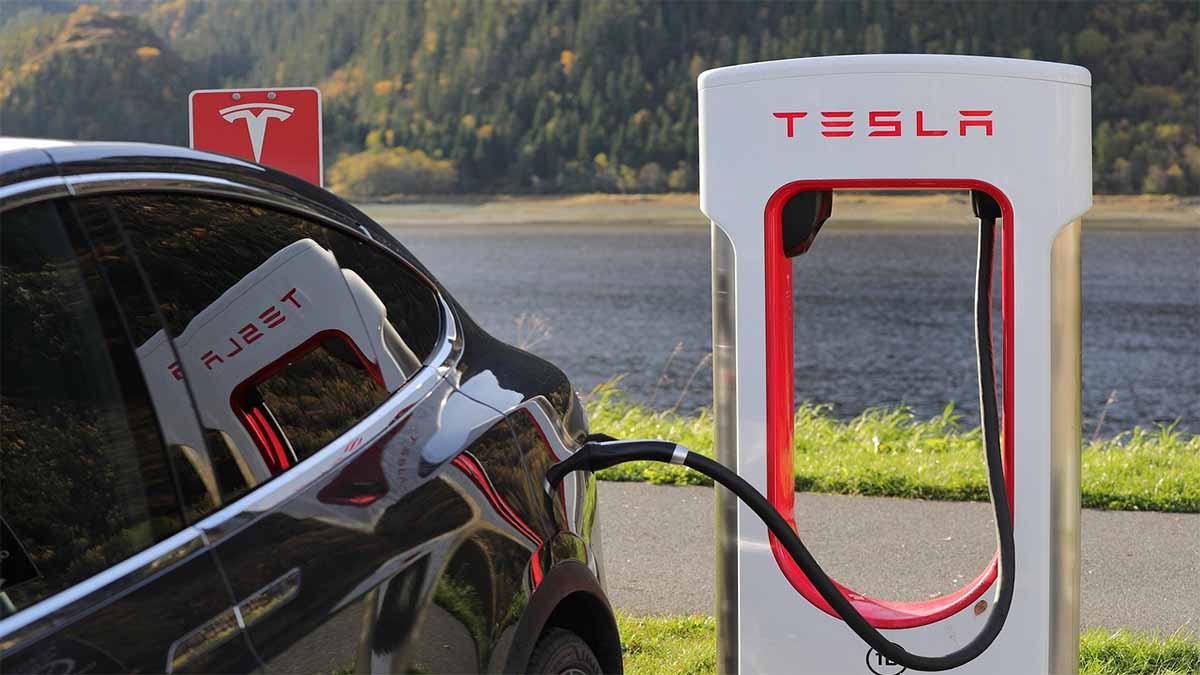 What Is the Tesla NACS Connector (SAE J3400)?
What Is the Tesla NACS Connector (SAE J3400)?
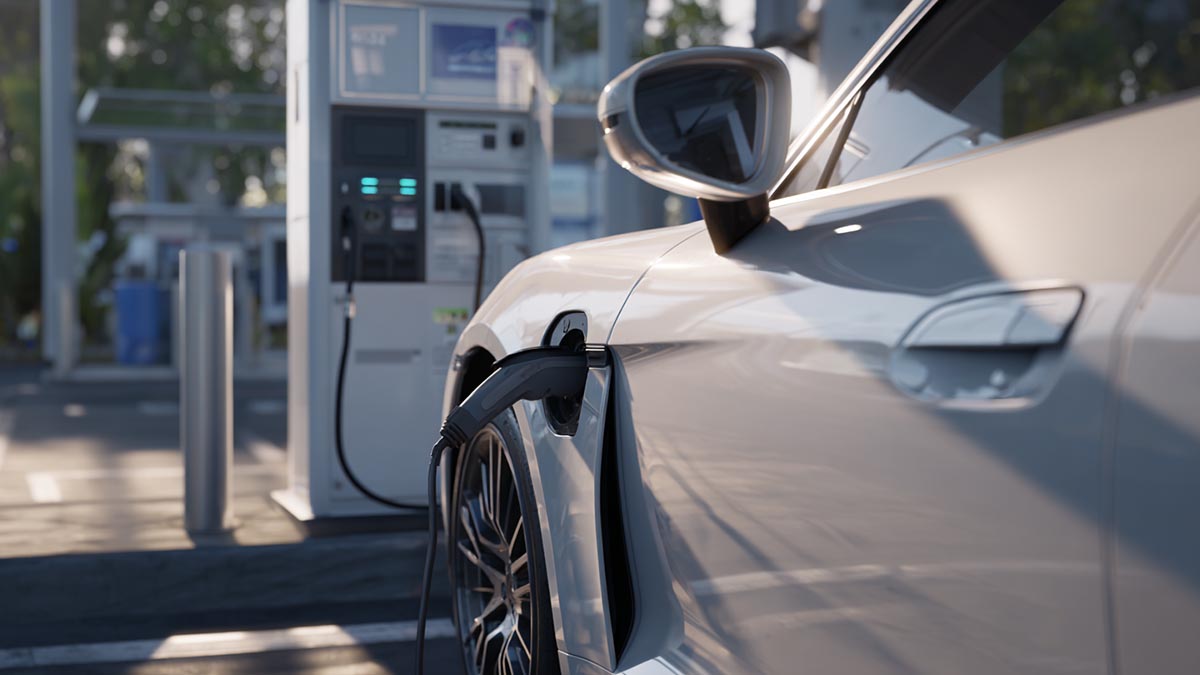 What is the J1772 Connector and Why it Matters in 2025
What is the J1772 Connector and Why it Matters in 2025
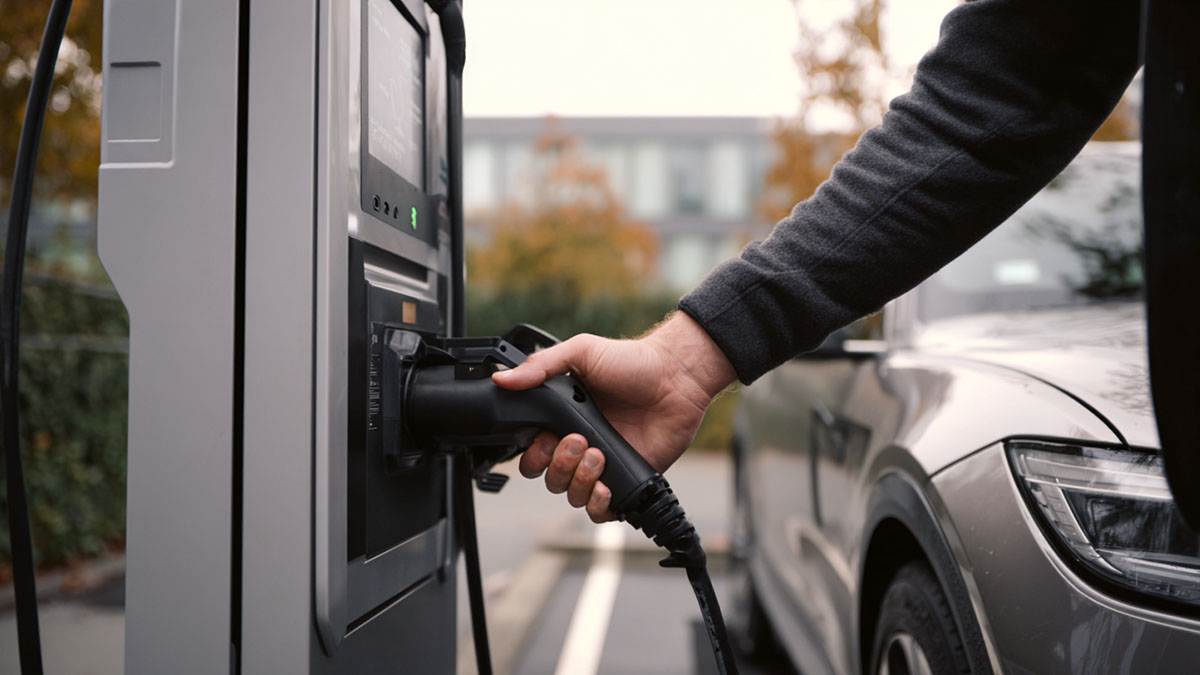 Safety Standards for EV Connectors in Different Regions
Safety Standards for EV Connectors in Different Regions
 CCS1 to NACS and beyond: what EV connector specs should operators choose in 2025?
CCS1 to NACS and beyond: what EV connector specs should operators choose in 2025?
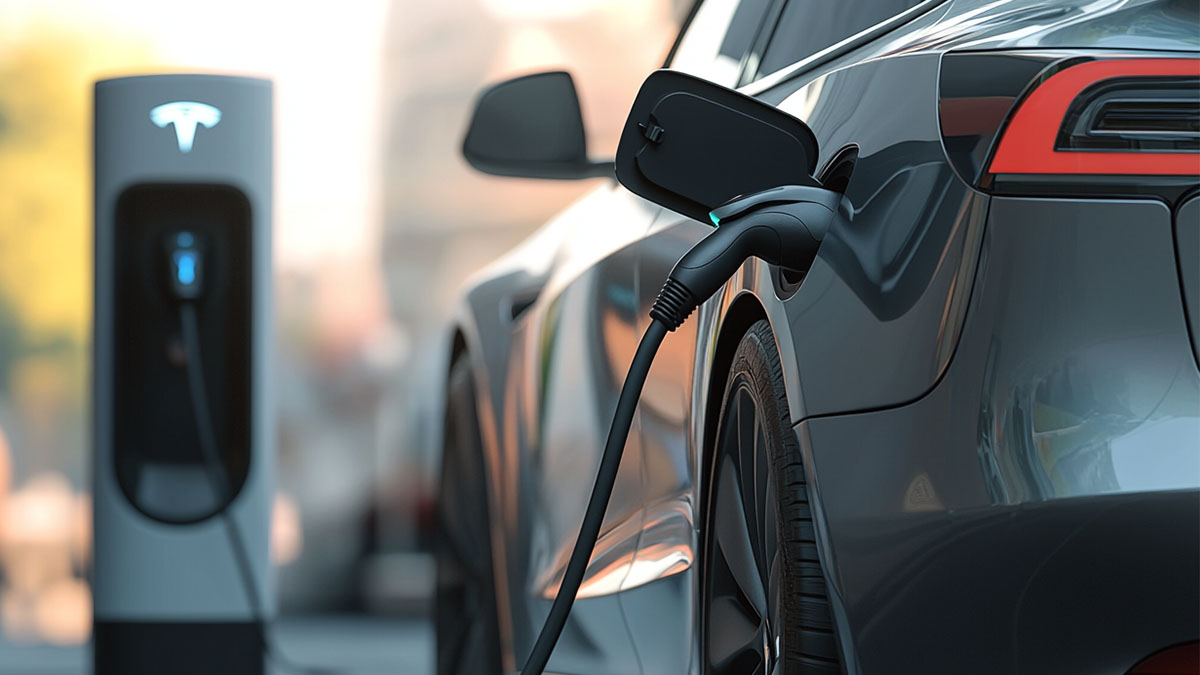 NACS vs CCS in 2025: Power, Access, and Reliability
NACS vs CCS in 2025: Power, Access, and Reliability